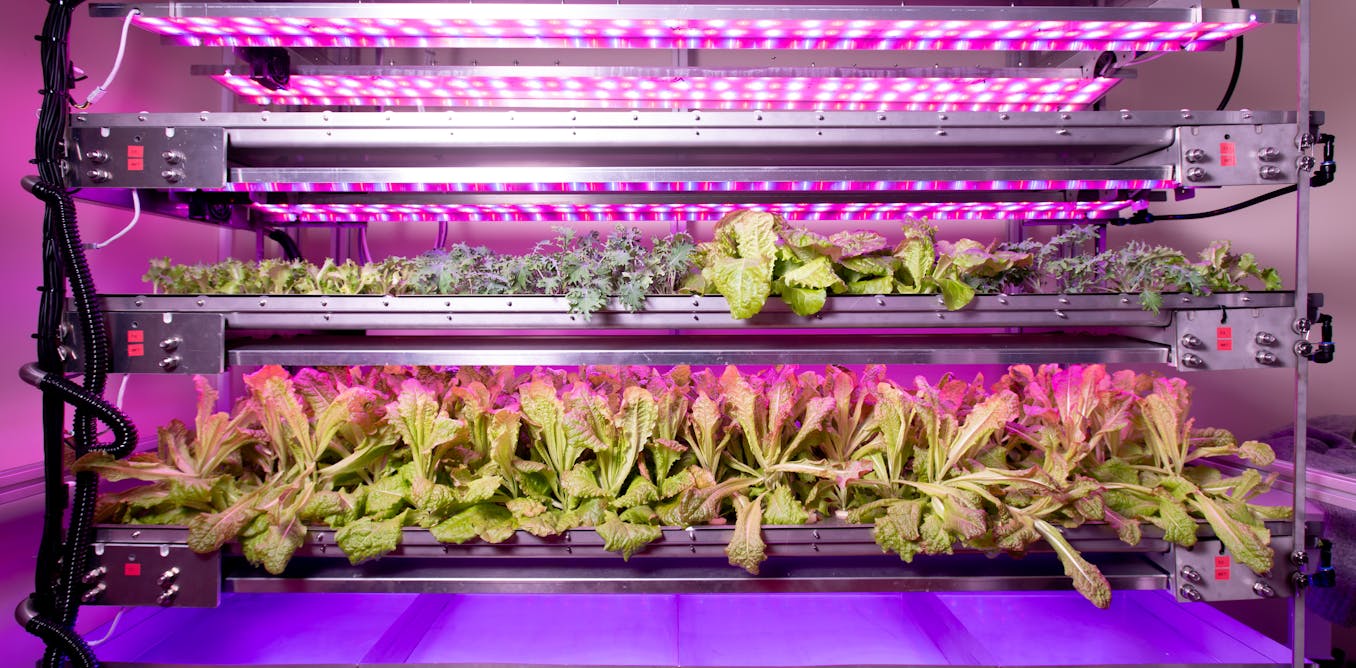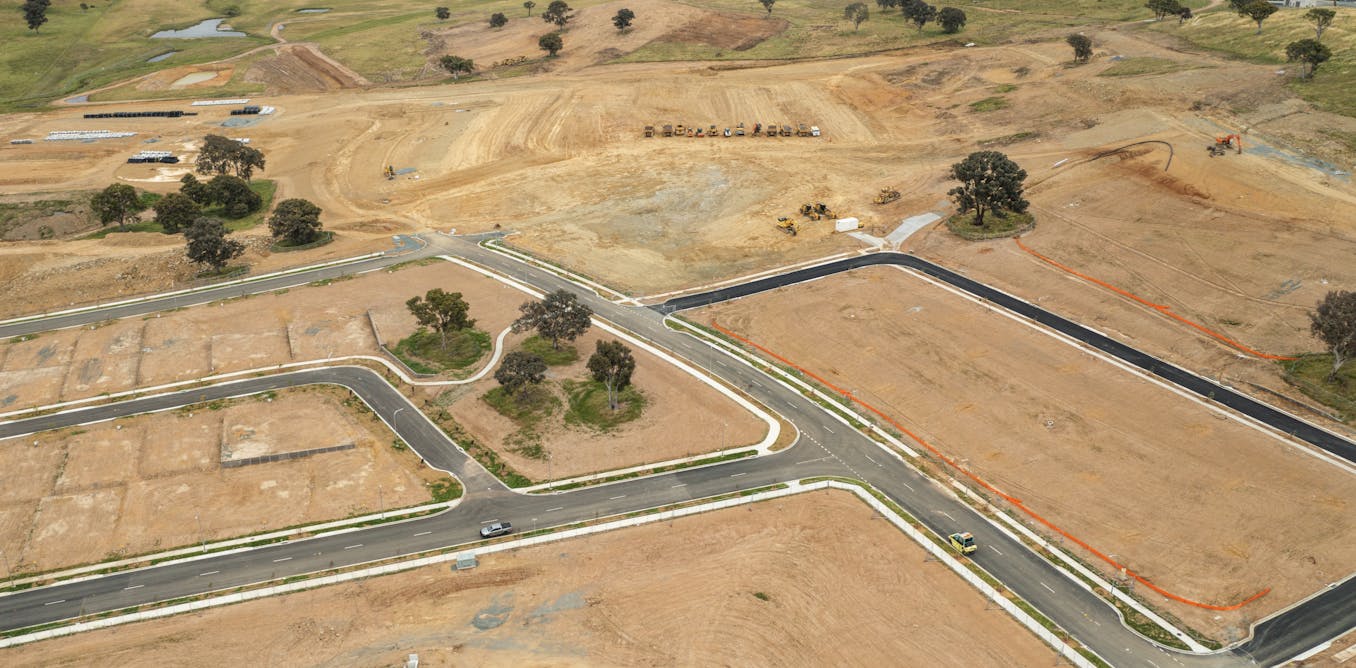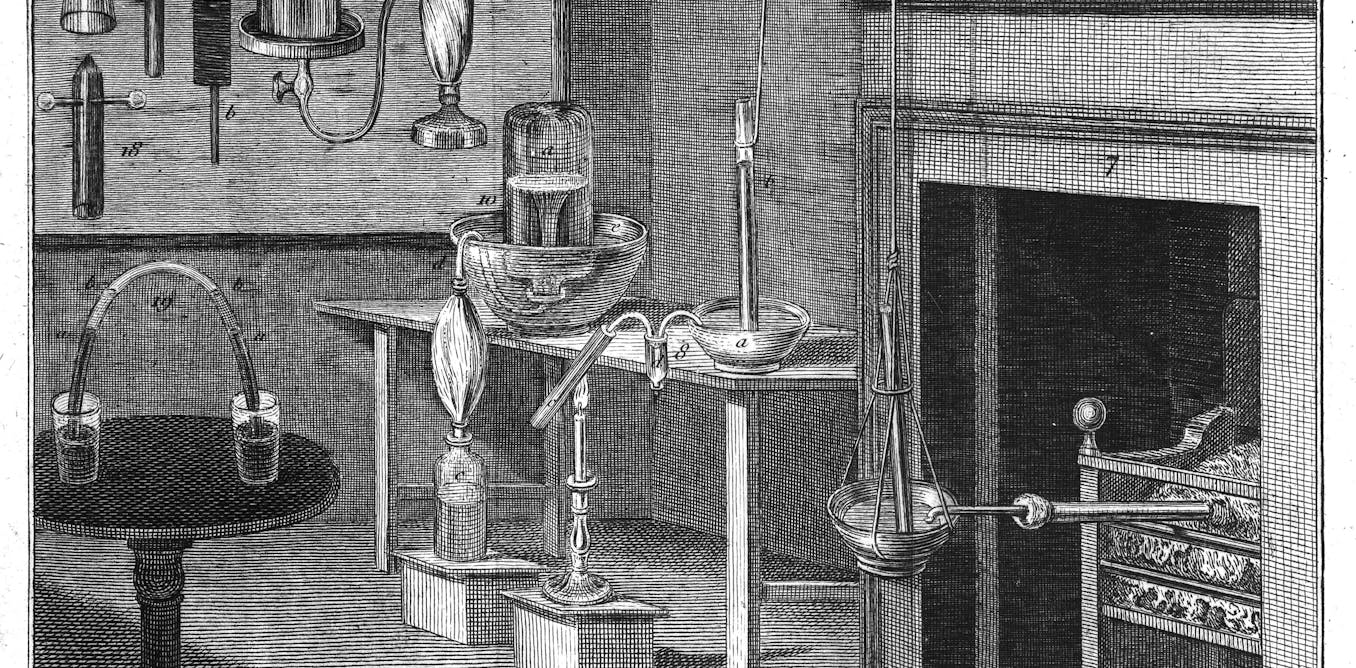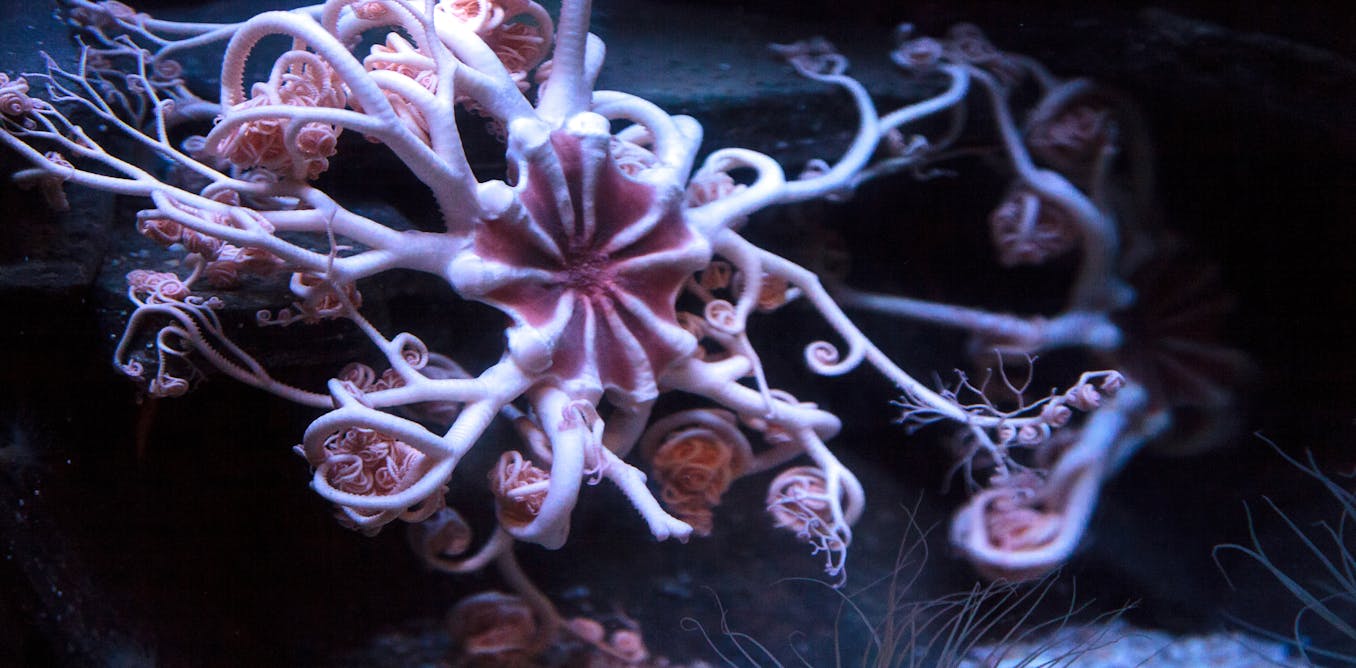An integral part of Mediterranean culture, wine is made by fermenting pressed grape juice. The resulting drink consists of water and alcohol, alongside volatile chemical compounds (aldehydes, ketones, esters) and non-volatile compounds (sugar, flavonoids, terpenes) in highly variable proportions. It has accompanied human rituals, celebrations, meals and moments socialisation or rest since at least the Palaeolithic era.
Wild grapevines, from which the earliest wines were made, produce their fruit in bunches. Although their berries are much smaller than today’s cultivated varieties, they are still sweet when ripe.
Undoubtedly, our hunter-gatherer ancestors figured out that these clusters were a tasty and portable source of energy. Wine itself was most likely discovered by accident, after finding the juice of very ripe grapes at the early stages of alcoholic fermentation due to the yeasts on the grapes’ skin.
The origin of Cabernet Sauvignon
When you enjoy a glass of Cabernet Sauvignon wine, you probably don’t think too often about how the grapes that produced it were grown. You might even assume that all the grapevines in the world with this name are genetically the same: identical clones derived from a single original species that, because we liked the wine it produced so much, we decided to clone millions of times over, covering vast swaths of farmland with neat rows of its vines.
That is, essentially, the case. We use asexual reproduction to cultivate grapevines, reproducing the same individual that originally existed over and over again. Just like with Kennebec potatoes or Fuji apples, when we drink wine we consume the clone of a clone of a clone, which comes from a long line of clones of the original plant that captivated us with its flavour and texture.
Read more:
What did Roman wine taste like? Much better than previously thought, according to new research
Forensically analysing wine’s DNA
So how can we find the genetic source of Cabernet Sauvignon? And is it even possible to trace it? A plant geneticist from California named Carole P. Meredith asked these very questions in the 1990s.
Using forensic genetics techniques, she began by identifying and characterising short variable repeat sequences in the genome of the common grape vine, known as Vitis vinifera. She then genetically analysed different strains of commercial interest and others grown in the supposed regions of origin, until she identified the parent strains.
Meredith was able to conclude, without a doubt, that the red Cabernet Sauvignon grape is the direct offspring of two highly prized parents: the red Cabernet Franc grape, and the white Sauvignon Blanc. It was most likely a random cross-pollination around the 17th century in the Bordeaux region that gave rise to this renowned variety.
Shortly afterwards, Meredith and her colleagues identified the parent strains of the second most widely grown grape variety in the world, Chardonnay. They found that it is a cross between the well-known red Pinot Noir grape and a white grape called “gouais blanc”, which was not highly regarded.
The latter variety was brought from its homeland by the Roman emperor Probus, who was originally from the Central European region of Pannonia. He introduced the grape in Gaul to promote wine cultivation, though it does not produce high-quality wines.
Nevertheless, both varieties were widely cultivated in France during the Middle Ages, making another random cross-pollination likely. In fact, these same parents have also produced – in addition to Chardonnay – other varieties of high oenological value, such as the red Gamay grape.
Read more:
Natural wines: how are they made and what’s the deal with sulfites? An expert explains
Tempranillo and Shiraz
Following these successes in genetic identification, and considering the large number of varieties cultivated in different countries (some of which are very old), genetic studies have been carried out on current vines and varieties, as well as on wild vines and seeds found from older cultivars. All of this has allowed us to establish the genetic relationships between different types of grapevines.
For instance, Spanish researchers have discovered the origins of the Tempranillo grape. Widely cultivated on the Iberian Peninsula under different names, it is the result of a cross between the Albillo Mayor (which is itself still cultivated in central Spain) and the much less popular Benedicto, which is probably no longer grown.
As for the Syrah or Shiraz variety, it comes from France, and has no connection with the Persian city of Shiraz. Nevertheless, the exoticism of this unlikely relationship was and continues to be used as a marketing tool.
But this is not being done for fun. All the genetic knowledge derived from crops of interest is safeguarded in germplasm banks, where years of natural and artificial selection are stored so that cultivated plants can be given special qualities. In grapevines, this allows us to discover which specific genetic variants produce certain sensory characteristics in the wine they produce, or which are naturally more resistant to pests.
Genetically engineered wine?
Targeted crossbreeding made sense during the 20th century and early 21st century. However, now that the grapevine genome has been fully sequenced, the reference genome can also be compared with that of any other variety to discover which genetic variants are of interest to us.
This means new characteristics can be introduced through genetic editing, without the need for cross-pollination or the subsequent selection of offspring. So can we expect new wine varieties produced by targeted genetic engineering?
We can confidently say that the oenology of the future will merge with biotechnology to genetically improve grape varieties. This might be to make them more resistant to climate change and extreme weather conditions, or to produce quality wines with with a particular set of sensory characteristics – either very similar or very different from those of today’s wines.
As for Carole P. Meredith, she retired from laboratory research after opening Pandora’s box of wine variety genetics, and devoted herself to planting her own vineyards and producing Syrah wine with her husband in California’s Napa Valley. Her wines are, by all accounts, highly regarded by connoisseurs.
A weekly e-mail in English featuring expertise from scholars and researchers. It provides an introduction to the diversity of research coming out of the continent and considers some of the key issues facing European countries. Get the newsletter!

The post “how DNA analysis can trace a wine’s genetic origins” by Gemma Marfany Nadal, Profesora Catedrática de Genética, Universitat de Barcelona was published on 08/27/2025 by theconversation.com




































Leave a Reply